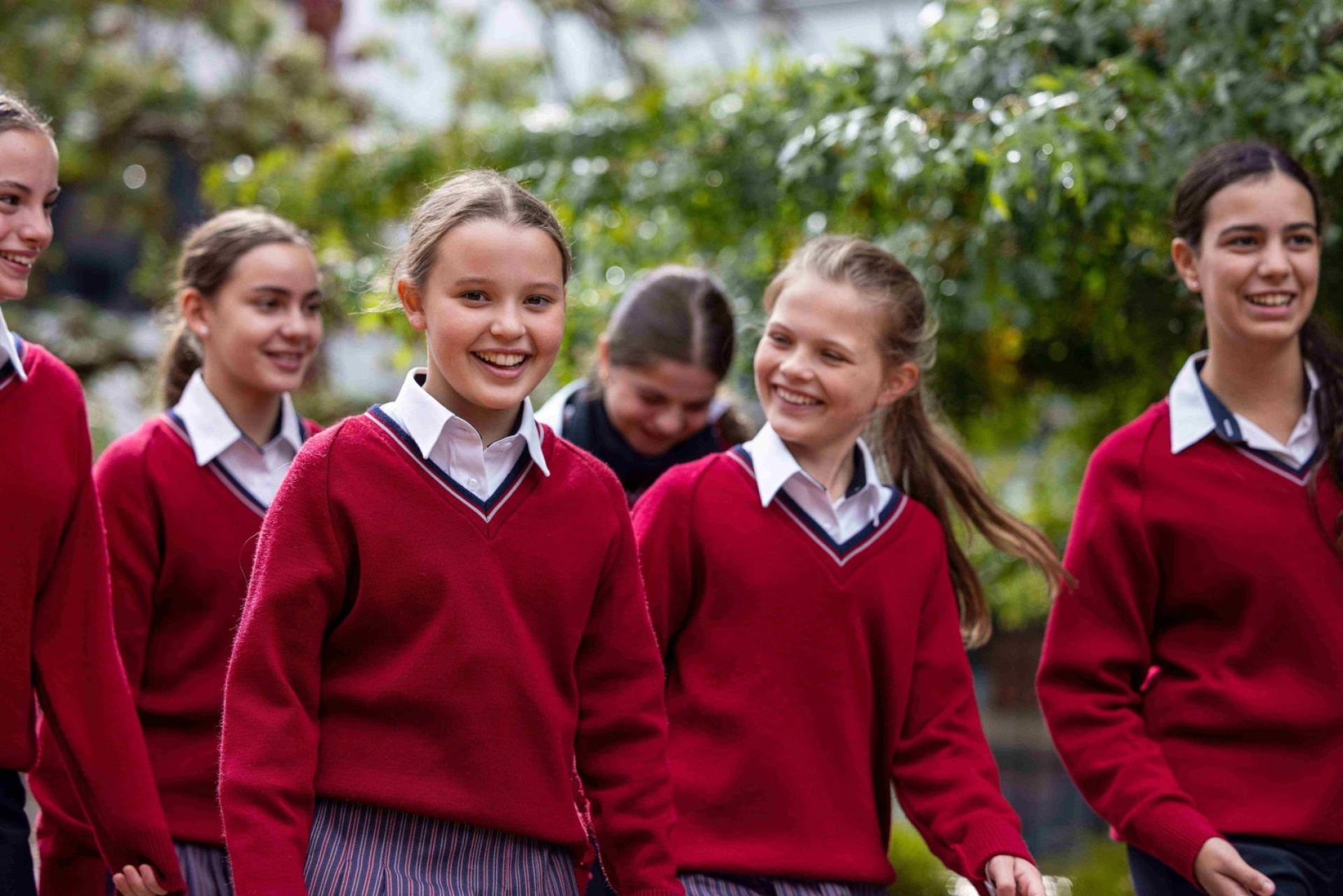As Year 10 students, we recently took on a fascinating project: building and launching water bottle rockets. The main goal was to better understand motion and see how different variables like acceleration and distance are influenced in real-world scenarios. A bottle rocket, in simple terms, is a plastic model similar to a real rocket, but safe for school experiments. It works by using a launcher connected to a pump that fills the bottle with compressed air. When released, the air forces the rocket to shoot up into the sky, beautifully demonstrating Newton's Third Law of Motion: for every action, there is an equal and opposite reaction.
We constructed our rockets using basic materials like plastic bottles, cardboard for fins, and hot glue. Inspired by real rockets, we designed fins to attach to the bottles, which helped stabilise the rocket and improve its flight. The building process required precise teamwork, especially when attaching the fins, to ensure they were evenly placed for optimal flight stability. Our team worked together from the design stage right through to the launch, making our successful launches a testament to our collaborative efforts.
Launch Day was filled with excitement and a bit of nervous energy. Watching our rockets ascend at incredible speeds and heights—some as tall as buildings—was more thrilling than we had imagined. We learned a lot from this project, especially about how the design and construction of an object can significantly affect its motion. This project was a fantastic opportunity for hands-on learning, and we saw first-hand how theories from our textbooks come to life. If we were to do this project again, we would launch our rockets in a clearer area to avoid any accidental roof landings! Overall, this practical approach to learning about physics and motion was both educational and extremely memorable.
Lucy K (10ADWR), Rianna J (10CCTR), and Emily G (10ADWR)





